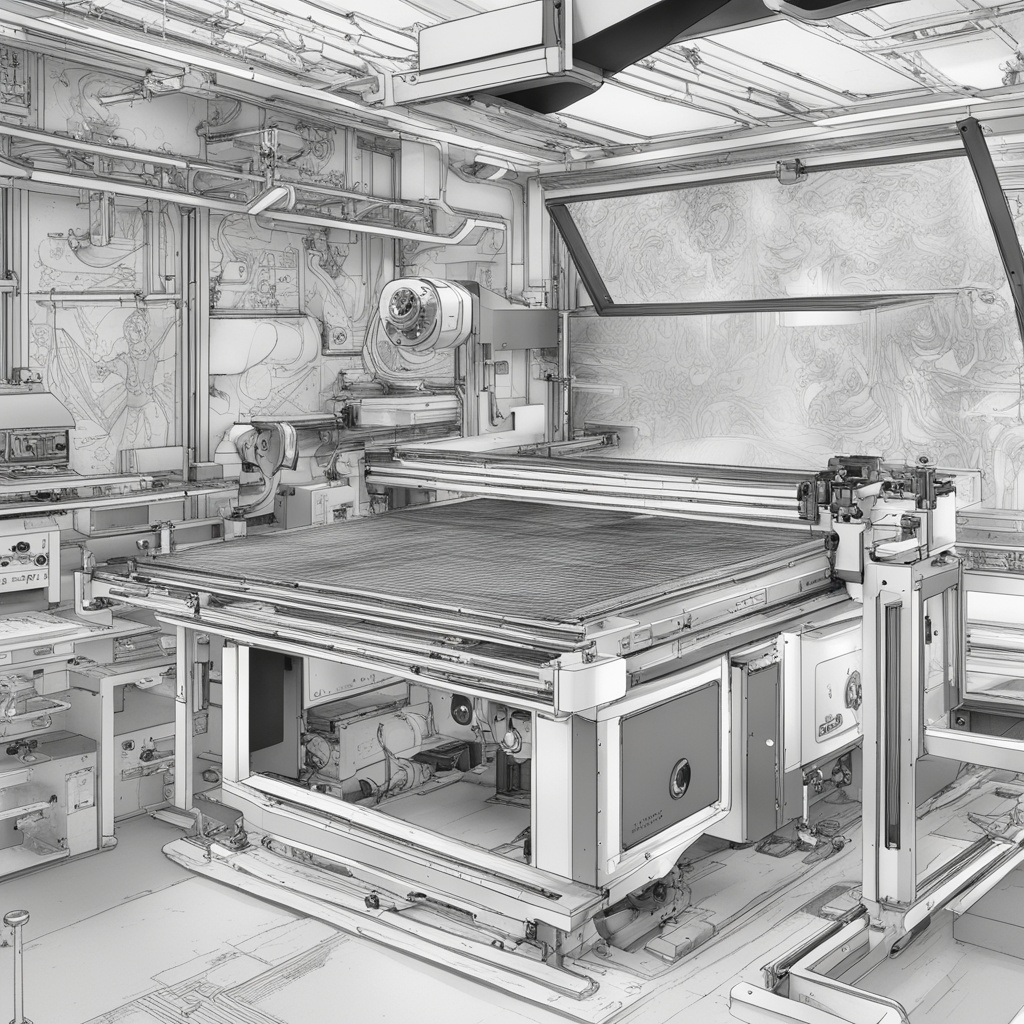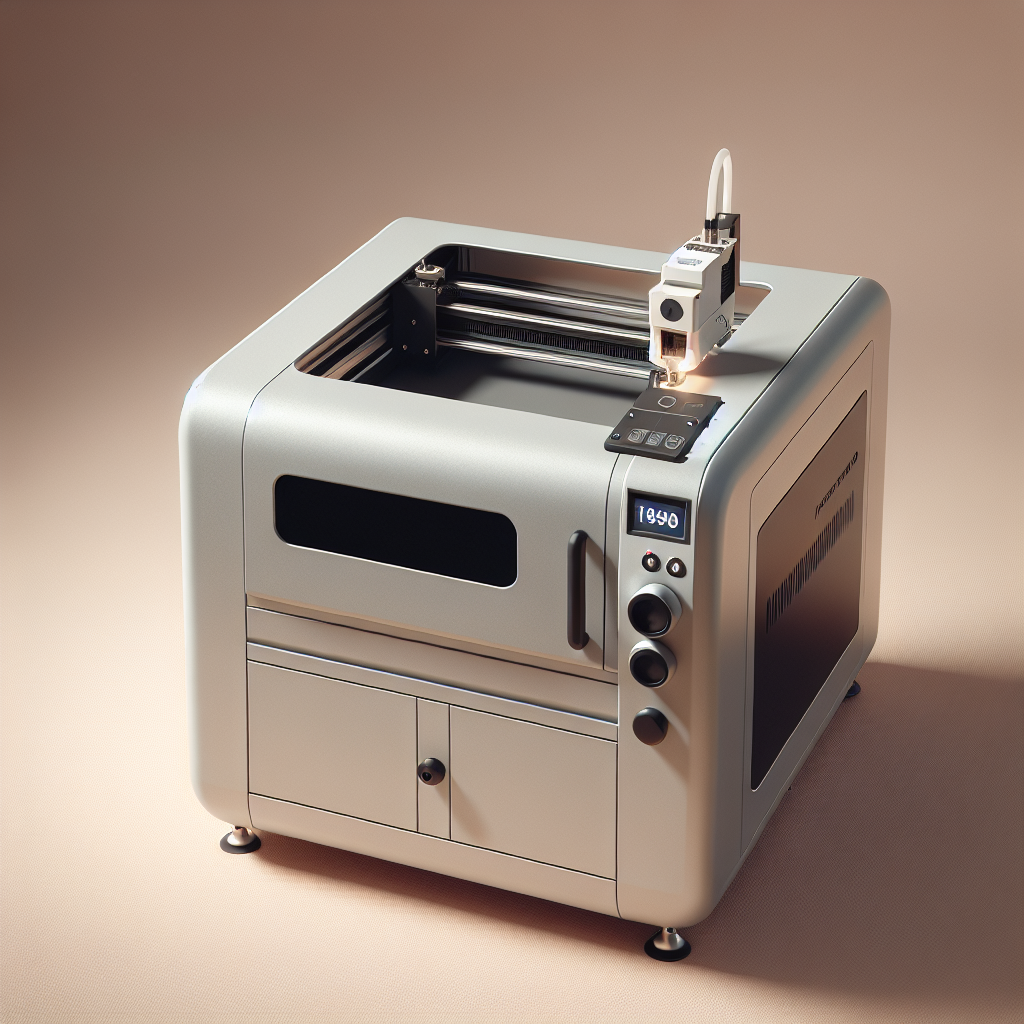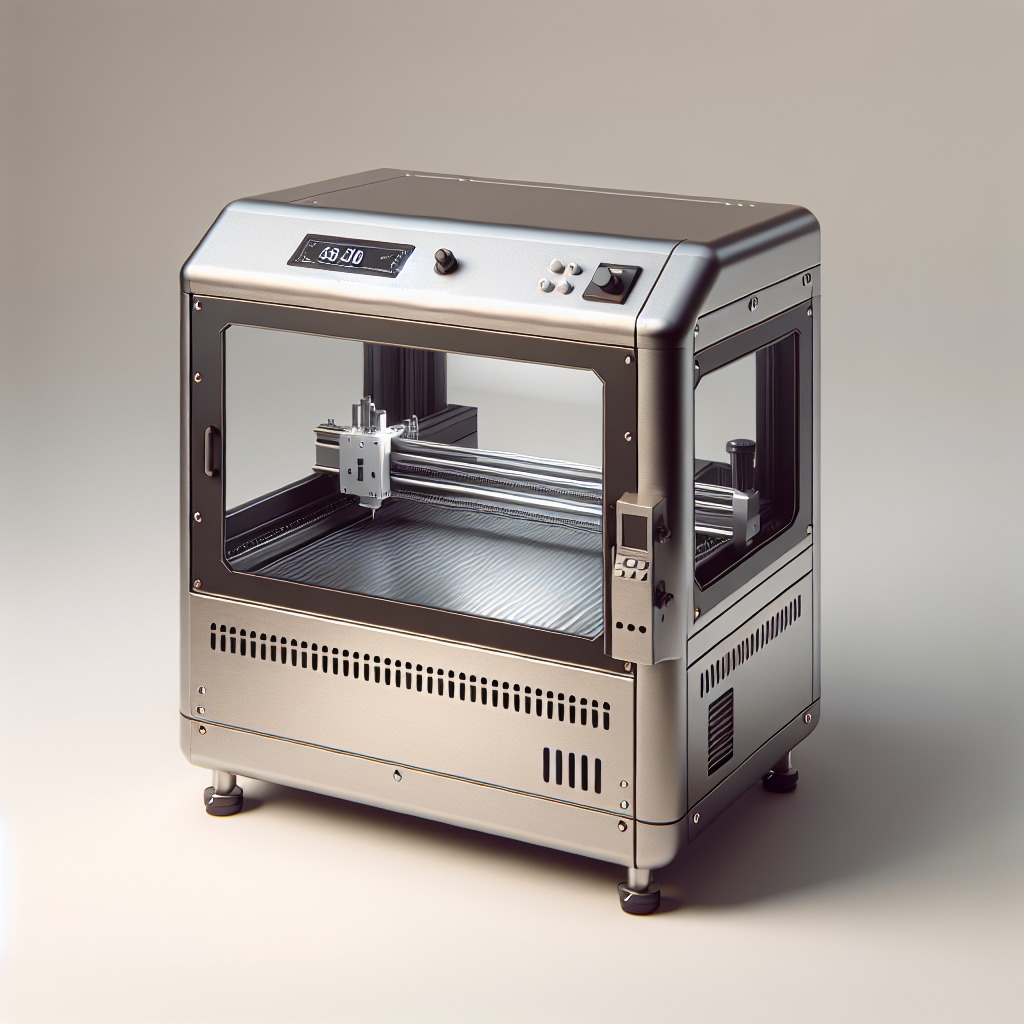The Art of Laser Engraving Pictures on Wood
Laser engraving pictures on wood has become a popular art form, blending technology with creativity. Whether you’re a hobbyist or a professional craftsman, this method offers precision, durability, and a touch of modern elegance to your projects. In this article, we’ll explore the intricacies of laser engraving on wood, from setting up your equipment to mastering advanced techniques. Let’s dive in!
Getting Started with Laser Engraving
If you’re new to laser engraving, it’s essential to understand the basics before diving into complex projects. The process involves using a laser machine to etch designs or images onto wood surfaces. Unlike traditional carving methods, laser engraving is faster, more precise, and leaves behind a clean, smoldered finish that enhances the natural beauty of the wood.
Before you begin, you’ll need a reliable laser engraver. One excellent option is the , which is designed for precision and ease of use. This machine is perfect for both beginners and experienced users, offering a wide range of applications from simple text engravings to intricate designs.
Question: Have you ever considered how laser engraving can transform ordinary wooden items into unique pieces of art? If not, let’s explore the possibilities together!
Preparing Your Wood Surface
The first step in laser engraving is preparing your wood surface. Ensure the wood is clean and free from dust or debris. Sanding the surface to a smooth finish will help achieve crisp, clear engravings. For best results, use a medium-grit sandpaper followed by a fine-grit one to ensure an even texture.
When selecting wood types, softer woods like pine or basswood are ideal for beginners due to their ease of engraving. However, harder woods like oak or maple can also be used, though they may require more power from your laser machine. Always test your settings on a scrap piece of wood before working on your final project.
Question: What type of wood do you prefer for laser engraving? Have you experimented with different materials?
Selecting and Preparing Your Design
Choosing the right design is crucial for a successful laser engraving project. Whether it’s a simple logo, a complex illustration, or a photograph, your design should be compatible with the capabilities of your laser machine. Most machines support vector files (like SVG or DXF), which are ideal for clean, crisp engravings.
If you’re working with raster images (like JPEGs), ensure they have high resolution to avoid blurry results. You can use software like Adobe Illustrator or Inkscape to convert raster images into vectors. Once your design is ready, import it into the laser machine’s control software and adjust settings like power, speed, and focus according to your wood type.
Question: How do you ensure your designs are optimized for laser engraving? Do you use any specific software tools?
Fine-Tuning Your Laser Settings
One of the most critical aspects of laser engraving is fine-tuning your machine’s settings. The power level determines how deep the laser cuts into the wood, while the speed affects the smoothness and clarity of the engraving. A lower speed allows for more detailed engravings but may take longer to complete.
Here are some general guidelines:
- Power: Start with a moderate setting (around 50-70%) and adjust based on test results. Higher power is suitable for darker, bolder engravings, while lower power creates lighter textures.
- Speed: A slower speed (100-200 mm/s) is ideal for detailed designs, while faster speeds (300-500 mm/s) work well for larger areas.
- Focus: Ensure the laser beam is properly focused to achieve sharp engravings. Adjust the focal length according to your wood’s thickness.
Question: How do you typically test your laser settings before starting a project? Have you encountered any challenges with uneven engraving?
Advanced Techniques for Stunning Results
Once you’ve mastered the basics, you can experiment with advanced techniques to create truly unique pieces. One popular method is multilayer engraving, where you apply multiple passes at different power levels to create depth and shading in your design. This technique works particularly well for portraits or scenes with varying textures.
Another exciting option is color engraving. By combining laser engravings with hand-painted details, you can achieve vibrant, lifelike results. For example, you could engrave a floral pattern and then paint the flowers in bright colors to enhance their beauty. This hybrid approach combines the precision of lasers with the creativity of traditional art.
Question: Have you tried any advanced techniques like multilayer engraving or color engraving? What was your experience?
Maintaining Your Laser Machine
To ensure long-term performance and reliability, it’s essential to maintain your laser machine. Regularly clean the lens to prevent dust buildup, which can reduce the quality of your engravings. Check the cooling system to ensure it’s functioning properly, as overheating can damage the machine.
Replace consumable parts like mirrors, lenses, and filters according to the manufacturer’s recommendations. A well-maintained laser engraver will serve you for years, producing high-quality results for all your projects.
Question: What is your maintenance routine for your laser machine? Have you ever experienced any issues due to neglect?
Tips for Achieving Professional Results
To elevate your laser engraving projects to the next level, consider these expert tips:
- Use a dust extraction system: This will keep your workspace clean and improve laser performance by removing airborne particles.
- Experiment with different wood finishes: After engraving, you can apply oils or waxes to enhance the natural beauty of the wood.
- Layer your designs: Combine multiple engravings at varying depths to create a sense of dimension and depth in your work.
Question: What tips have helped you achieve professional-quality results with your laser engraver?
Final Thoughts
Laser engraving is a versatile and rewarding craft that allows you to create stunning, personalized pieces of art. With the right tools, techniques, and practice, you can unlock your creativity and produce work that truly stands out. Whether you’re a hobbyist or a professional, investing in a high-quality laser machine like the is a great way to take your projects to the next level.
Question: What’s your favorite part of the laser engraving process? Have you created any particularly memorable pieces?
Happy crafting, and may your engravings always be as beautiful as your imagination!
laser engraving pictures on woodlaser engraving pictures on wood




